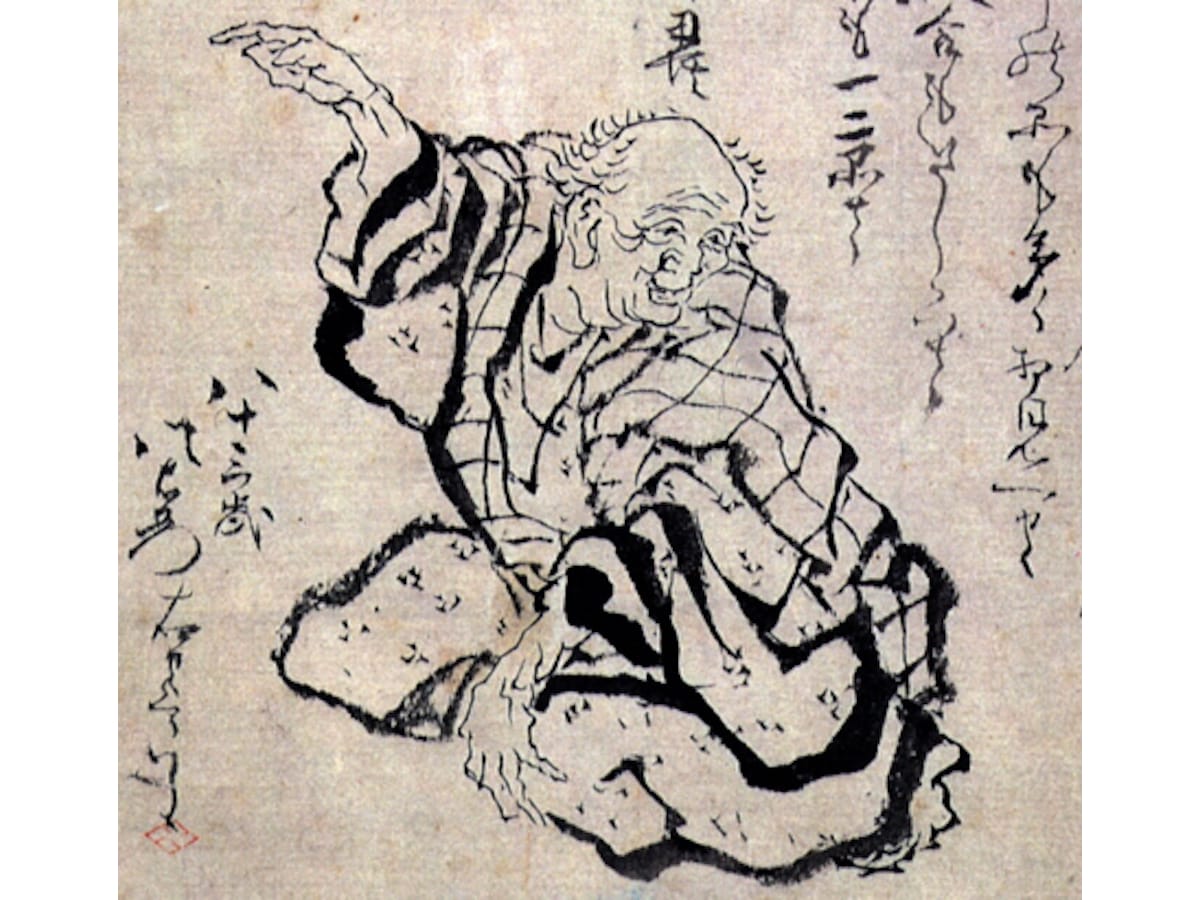
Source: Hokusai, Public domain, via Wikimedia Commons
The Hokusai Museum in Obuse: worthy tribute to “the old man who was mad about painting”
- Tags:
- Hokusai / Hokusai Museum / Obuse
Related Article
-
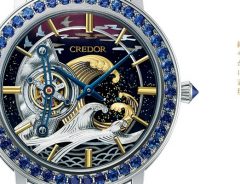
Hokusai-Inspired Watch Is Seiko’s New, Lavish, Very Expensive Timepiece
-

Let your cat ride the wave with a claw post inspired by Japan’s most iconic woodblock print
-
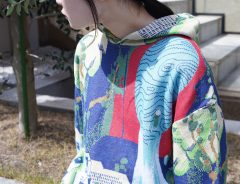
Limited edition knitted hoodies feature Hokusai prints reimagined into pixel art
-
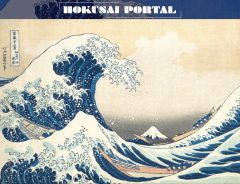
HOKUSAI PORTAL puts the life of Hokusai under the telescope with over 100 dedicated articles
-
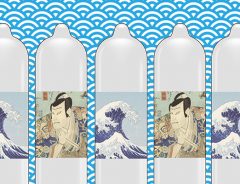
Ride The Great Wave With Traditional Japanese Print Condoms by Okamoto Industries, Inc.
-

Mobile Suit Gundam Designs On Traditional Japanese Lacquerware And Dishes


Katsushika Hokusai (葛飾北斎, 1760-1849), better known simply as Hokusai, was a Japanese artist, ukiyo-e painter and printmaker of the Edo period. He is best known for his woodblock series Thirty-Six Views of Mount Fuji. It includes the iconic print The Great Wave off Kanagawa, which until Hello Kitty came along, was probably the image most closely associated with Japan.
Hokusai is known as "the old man who was mad about painting." Starting as a young child, he continued working and improving his style throughout his long life (he lived to be 90 years old). Innovative in his compositions and exceptional in his drawing technique, he is considered one of the greatest masters in the history of art.
A woodblock print from Thirty-Six Views of Mount Fuji. | Photo by George Lloyd
Admirers can enjoy a fine selection of Hokusai's work at the Sumida Hokusai Museum in Ryogoku, Tokyo. But no less deserving of a visit, is the less well-known 北斎館 Hokusai Museum in 小布施町 Obuse, a small town in Nagano known for its handicrafts.
A Hokusai dragon. | Photo by George Lloyd
Hokusai came to Obuse late in life. In 1839, a fire destroyed his studio in Edo and much of his work. Shortly afterwards, he accepted an invitation to spend some time in Obuse from Takai Kozan, a wealthy local farmer and merchant in Obuse. He spent several years in the town and painted several masterpieces during his stay.
Hokusai worked in many genres. Besides woodblock prints and painting, he produced designs for book illustrations, including his own educational Hokusai Manga, which consists of thousands of images of every subject imaginable over fifteen volumes.
One of the festival floats that Hokusai painted while he was in Obuse. | Photo by George Lloyd
The town's Hokusai Museum holds two festival floats (both designated Nagano prefectural treasures) that each incorporate a pair of ceiling paintings that Hokusai created while he was in Obuse.
The Higashimachi neighbourhood float features Dragon and Phoenix, both painted in 1844, when Hokusai was at the ripe old age of 85, while the Kanmachi neighbourhood float includes Masculine Waves and Feminine Waves, painted the following year, when he was 86.
Phoenix painting on the ceiling of the Higashimachi festival float. | Photo by George Lloyd
As well as the festival floats, the museum holds some of his hanging scrolls, folding screens and books of woodblock prints. It also has a good selection of his paintings, which range from multicoloured 錦絵 nishiki-e (brocade pictures) to 美人画 bijinga (paintings of beautiful women), 花鳥画 kachōga (paintings of flowers and birds) and 風景画 fūkeiga (landscapes).
A selection of the hanging scrolls that Hokusai painted while he lived in Obuse. | Photo by George Lloyd
The museum also has a small theatre, where you can watch videos that tell the story of the time Hokusai spent in Obuse.
In an ageing society, Katsushika Hokusai is a great example of how to make the most of longevity. Constantly seeking to produce better work, he is said to have exclaimed on his deathbed, "If only Heaven would give me another ten years... Just another five years, and I could become a real painter."
This is a reproduction of an enormous portrait of the Buddhist prelate Daruma that Hokusai painted for a festival in Edo in 1804. He painted it using a broom and buckets full of ink and it was said to cover 200 square meters. | Photo by George Lloyd
Admission to the Hokusai Museum costs 1,000 JPY. It is about 12 minutes on foot from Obuse station, which is on the Nagano Dentetsu line. Trains depart from JR Nagano station.
For more information, see the museum's website, or call 026-247-5206.
(All photos above were taken with the explicit permission of the Hokusai Museum in Obuse)